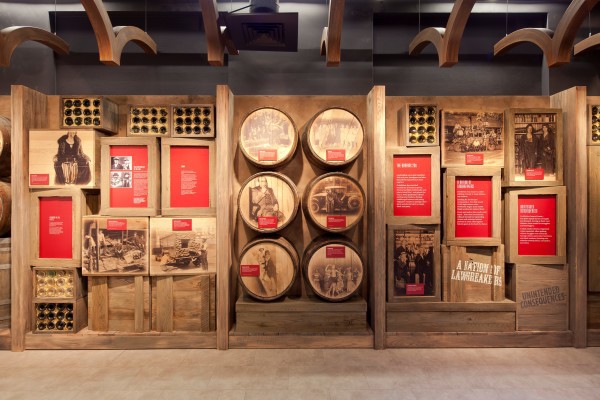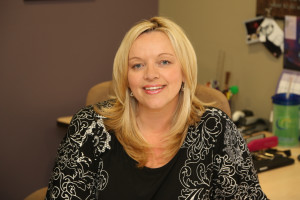
interview by Judith Rubin
Color Reflections, a large format graphics company headquartered in Las Vegas with six locations in the US, will exhibit at the AAM Museum Expo for the first time this year (Atlanta, Georgia, April 26-29). Shannon Martin, director of business development for Color Reflections Las Vegas, was interviewed by InPark co-editor Judith Rubin about the company’s work for museums.
Where can people find Color Reflections at AAM?
We will be showing off some of our projects at booth #606. Come visit us!
You’re the person who took Color Reflections into the museum market. How did you do that?
I felt we could handle it in terms of the quality required, so I started with a huge push for the Mob Museum, a high profile project for the city of Las Vegas. When the project was first announced several years before it opened, I started going to all the meetings and created relationships with the contractors to let them know there was a local graphics company they could work with. We won the bid with Pacific Studios, the exhibit fabricator, and provided more than 850 graphics on that project.
As soon as the Mob Museum project was complete that market simply exploded for us! We completed more projects with Pacific Studios, and now we also work with Lexington and BaAM Productions. We joined the Themed Entertainment Association a few years ago at the advice of Dale Sprague of Canyon Creative, who knew it was a good fit for us. Color Reflections Las Vegas has become very active within TEA and AAM.
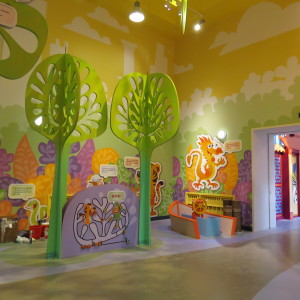
What other attractions markets do you serve?
In addition to museums we serve theme parks including Disney and Universal, cruise lines such as Carnival, and of course casino operators such as MGM Resorts International, a very important client for us.
Was the company supportive of your desire to cultivate the museum market?
Yes. They backed the initiative and were very encouraging. They stepped up, adding new equipment and hiring additional production staff knowing it was a specialized area we weren’t accustomed to. Hiring the right people – to produce the quality demanded within the kind of time frame that a particular market needs – is mandatory for our company, and key to our success.
What differentiates museum work from trade show graphics, where Color Reflections was already well established?
Museum projects have unique challenges in all aspects of their production. To compare: In most cases trade show graphics need to last for 3-4 days. So off-the-shelf products like laminates and mounting-boards can be purchased with ease. Museum graphics, on the other hand, need to last years, and interactive displays are handled all day by attendees. They need to stand up to long-term wear and tear.
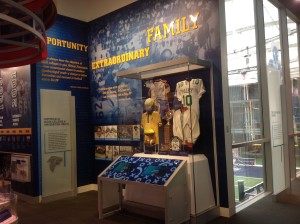
In addition to being permanent or semi-permanent, projects for museums and other themed entertainment projects also have different requirements because the installations are bigger and more elaborate in terms of design, fabrication and the range of materials, methods and finishes required. Many projects include several different print types and substrates; these include but are certainly not limited to 3-dimensional signage, banners, adhesive-back vinyl, wallpaper, acrylic signage, directional signage, floor graphics, and building wraps. Finishing on these projects could include painted edges, flamed or rounded acrylic corners, hem and grommets in fabric displays… the list goes on and on. In addition, each project fabricator and designer is a little different in their methods. Learning each new client is a challenge especially in the finishing area.
Our client MGM Resorts has always demanded the best quality. They’re perfectionists who want their properties to always look their best. That was a great education for us. It influenced us to adopt a quality-first approach to all our projects big and small, and enabled us to go confidently into the museum market.
How does a museum project begin for you?
Typically, the design and concept firm sends out a bid package to the fabricator, and then the fabricator hires us. We’re given a graphic package containing a component list and graphic drawings. From those specifications, we learn about the types of materials required. We do research to see if we can deliver the job as specified – which may well lead to asking certain questions internally, such as “should we locate a new product, or purchase new equipment for this job?” Or, “is there/should we research a better way to do this?”
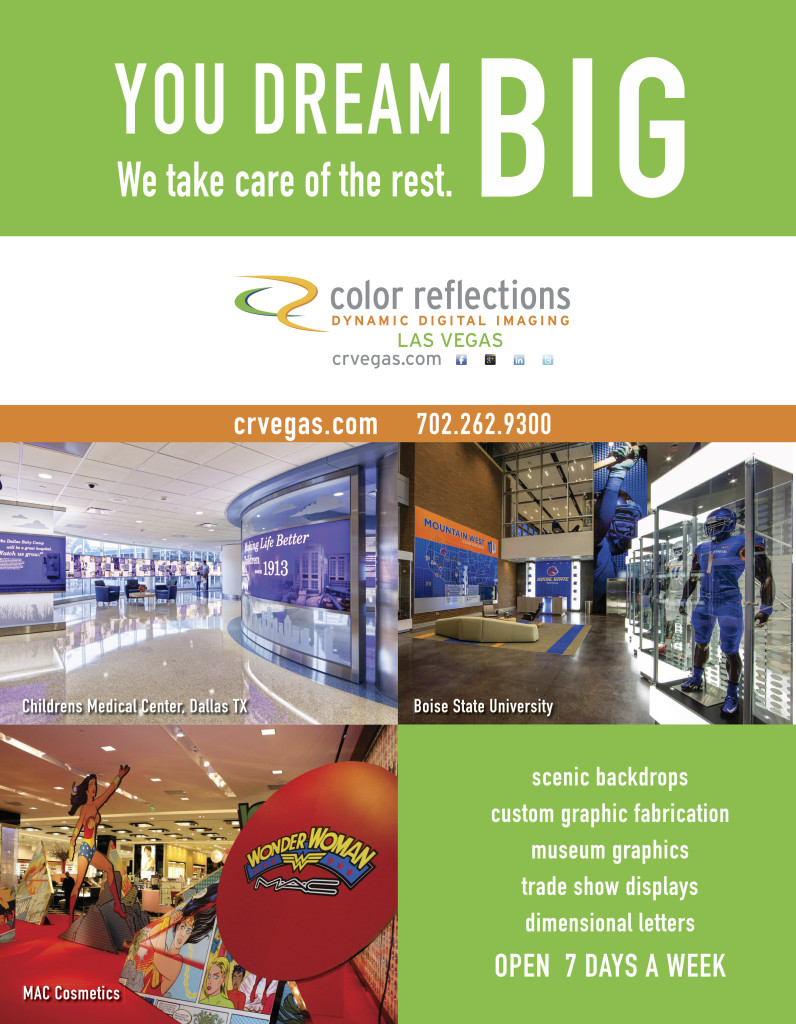 Can you give an example of this kind of problem solving?
Can you give an example of this kind of problem solving?
Carnival Cruise Lines wanted a method that would allow them to change out the signs in their photo gallery every two hours without too much wear and tear. It called for developing a magnetic system that could take a beating day after day. After a few weeks of research and testing, we came up with a solution that is still working three years later, and the client is still very happy with it. This was part of a redesign of the photo galleries on 24 of their ships: The system facilitates Carnival’s ability to organize, showcase, and sell the photos taken throughout the ship, switching them out multiple times per day with new titles.
What do fabricators look for in a graphics company?
I think fabricators look for quality, versatility and competitive pricing. They also value the input we can provide them on the best way to do a project that’s also cost-effective.
How do you stay current with technology?
We find ourselves traveling every month to manufacturers for demonstrations of new equipment and processes. We also visit most industry trade shows looking at what’s new and what’s coming soon. It’s a process of continual research because things change so quickly today.
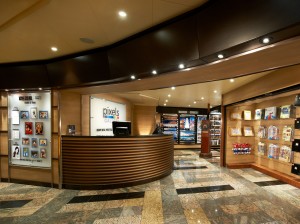
When I began with Color Reflections 17 years ago we were a Custom Photo Lab blasting light through negatives onto photographic paper. Today we occupy a 25,000 square foot building with 20,000 square feet of production space, housing our 65 full time employees. We operate seven days per week, with two shifts per day out of our six locations.
Joe Castellano, the president of Color Reflections Las Vegas, believes in evolving and embraces up-and-coming equipment and technology. Along with this forward looking mindset, we have good buying power which gives us many opportunities to be the first to try something out before it hits the general market. We will either be the first to purchase or the first to test certain equipment: manufacturers come to us and let us beta-test it in our shop.
Our success has given us the size and reach we need to stay current and competitive – and it’s part of our company culture. • • •


